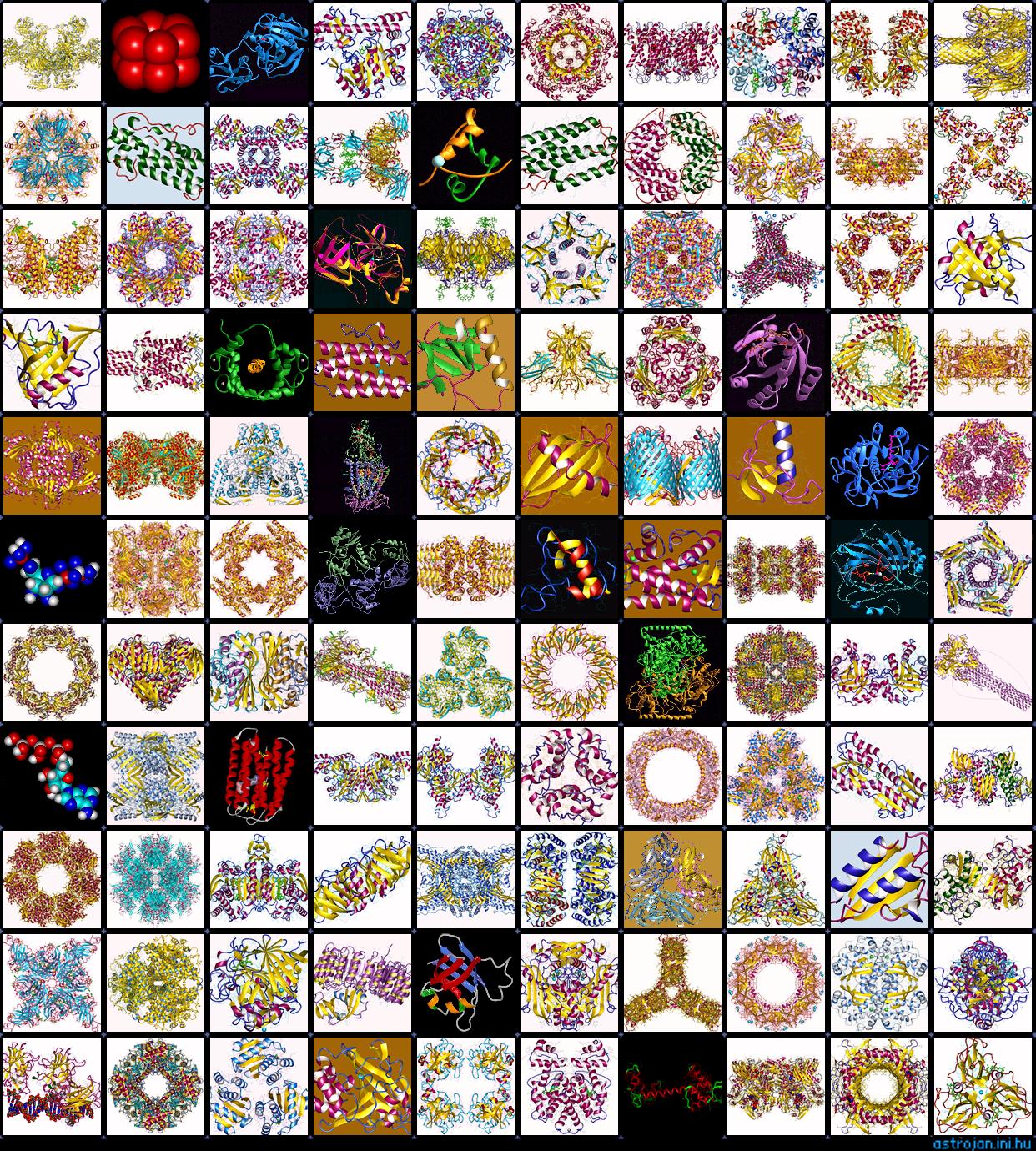We all know the story of Medusa, the serpent lady who can turn other life into stone statues of themselves, but what if I told you there is a disease that works similarly and results in the infected individual becoming absolutely immobile. Fibrodysplasia ossificans progressiva (FOP) is an extremely rare disease which affects only two individuals per one million people. FOP is caused by a mutation in the ACVR1 gene, which results in the wrong bonding shape of the protein responsible for rebuilding muscles so that bone and cartilage material are instead accumulates. When a FOP patient suffers damage to muscle tissue, bone matter builds on the injured area and hardens to form solid material. Signs of FOP can be seen at a early age, as patients develop distinct big toe joints that are aimed inwards.

The foot of a FOP patient; the toes are aimed inwards and have a distinct shape.http://fopaustralia.org/wp-content/uploads/2016/01/Child-toes.jpg
Jailed by Yourself
Imagine getting stuck within the confinements of your own body. Everyday, a part of your body would stop working. You will soon not be able to even lift your hands up to scratch your head. The only escape is death. This is exactly what a FOP patient is feeling throughout their life. Unfortunately, there are no cures for this type of disease. Bone removal is an option but it just delays the inevitable. Patients are advised to not move strenuously to minimize the muscle damage.
A video of a FOP patient is linked below:

Victims of FOP
The most famous of all FOP cases would be the case of Harry Eastlack. His condition came to light after he broke his leg which later hardened as the muscles in his legs became bones. Many more injuries later, Harry’s skeleton have morphed together, his vertebrae being one piece and most of his joints have fused. After he died from pneumonia, his body was donated to science and is now displayed at Mutter Museum.

The skeleton of Harry Eastlack; he froze in place, the same way he lived for the last few years of his life.https://www.raredr.com/news/physician-recommendations-fop
Hyperlink to sources: https://www.ifopa.org/what_is_fop, https://ghr.nlm.nih.gov/condition/fibrodysplasia-ossificans-progressiva, https://www.webmd.com/children/what-is-fop


